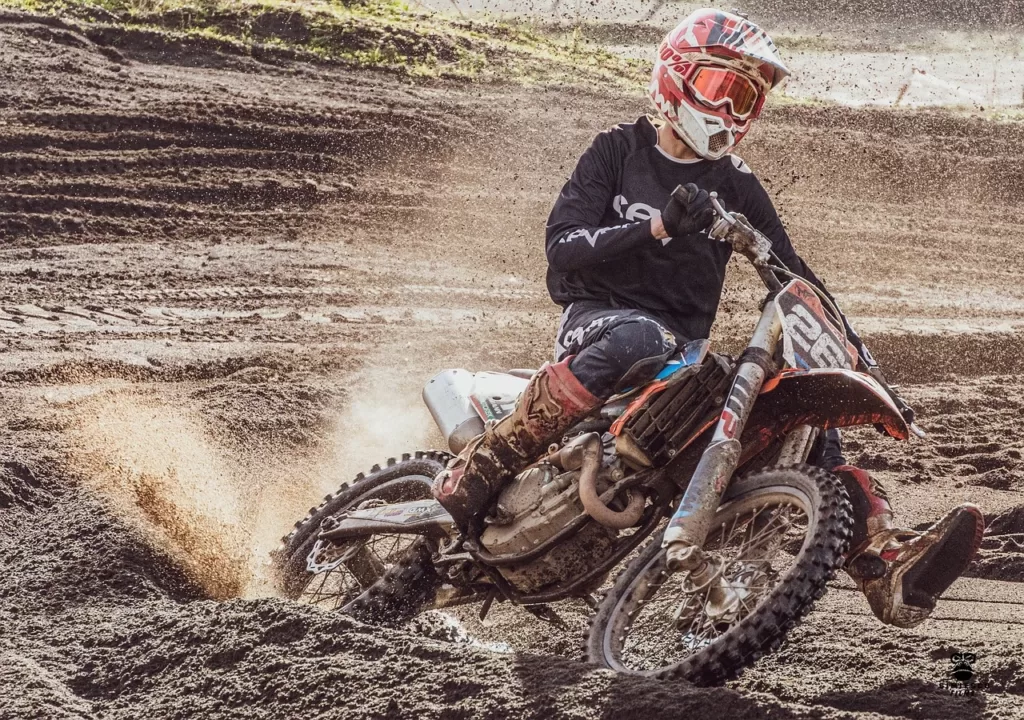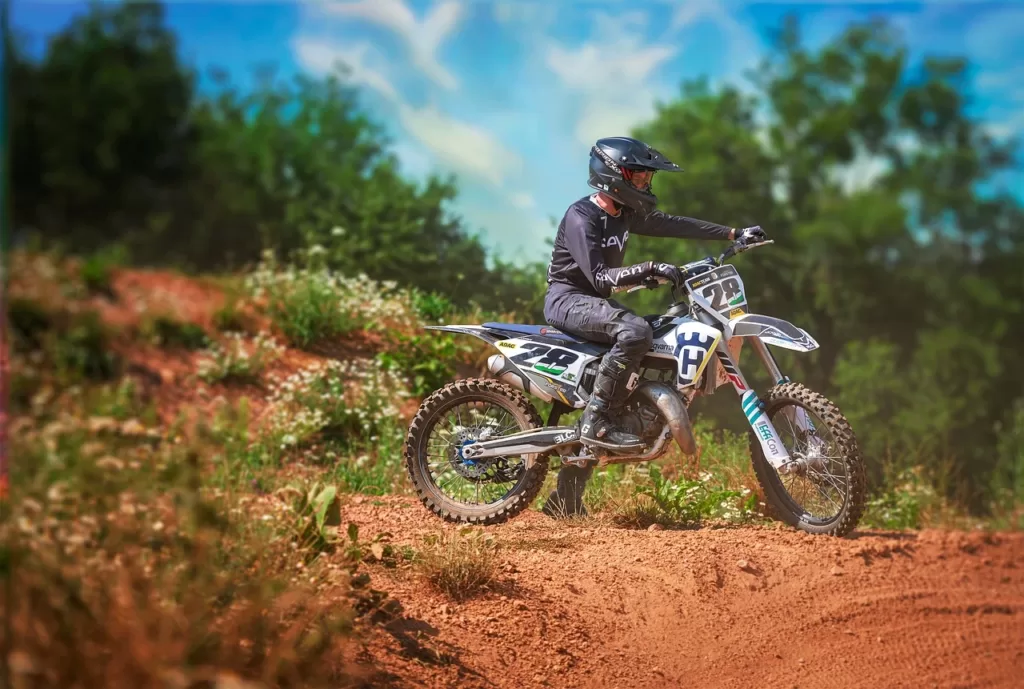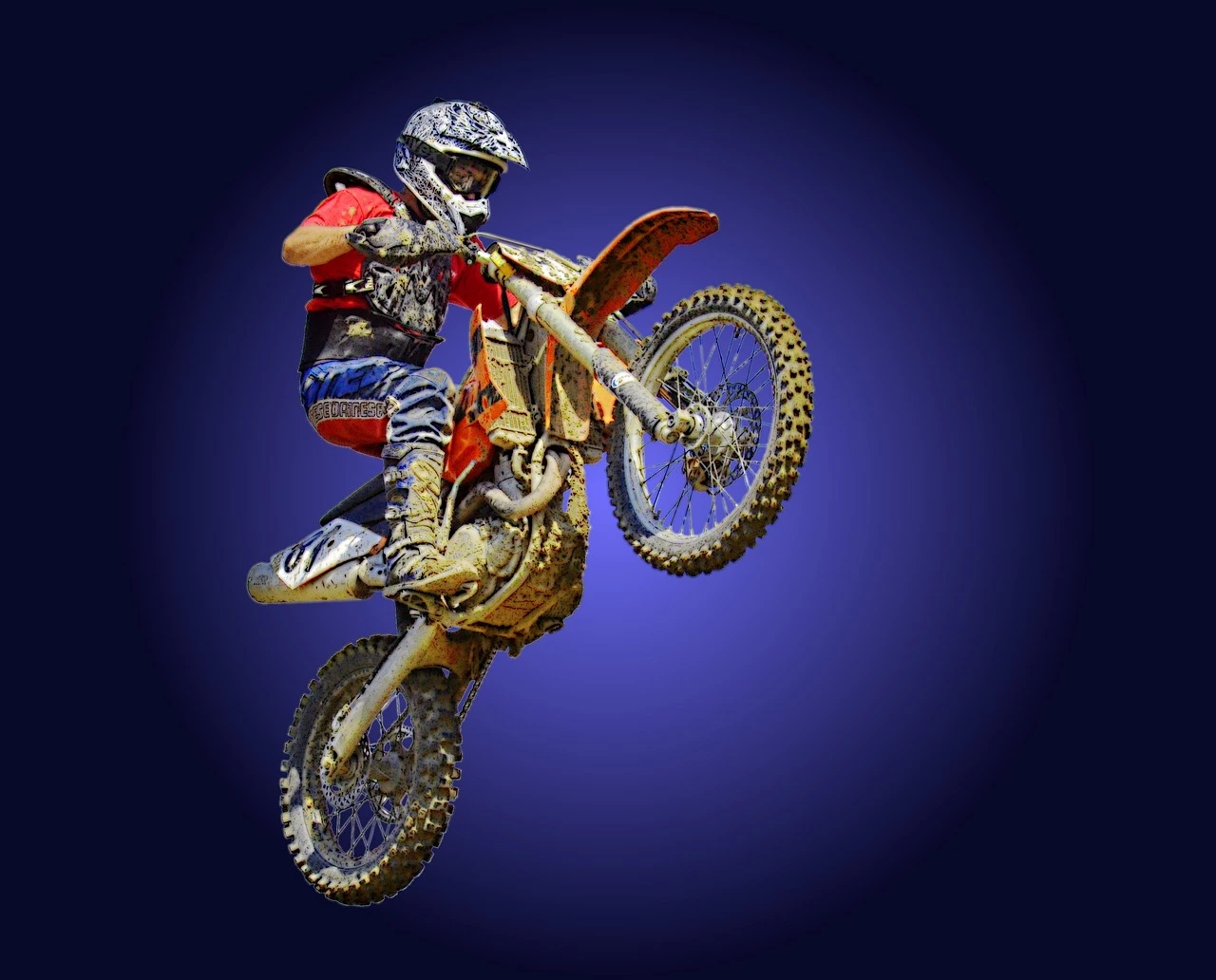Introduction
When it comes to dirt biking, safety should be your top priority. One of the most critical pieces of protective gear you should invest in is a dirt bike helmet. A high-quality helmet not only protects your head but also enhances your riding experience. In this comprehensive guide, we will discuss the importance of wearing a dirt bike helmet and provide you with valuable tips on choosing the right one.
Table of Contents
When it comes to dirt bike helmets, there are several top brands known for their quality and reliability. Here are some of the best dirt bike helmet brands:
- Bell Helmets
- Shoei
- Arai
- Fox Racing
- Troy Lee Designs
- 6D Helmets
- Leatt
- Fly Racing
- O’Neal
- Thor
These brands have earned a strong reputation in the dirt biking community for producing helmets that prioritize safety, comfort, and performance. It’s important to note that the “best” brand may vary depending on individual preferences, riding style, and budget. When choosing a dirt bike helmet, it’s crucial to consider factors such as safety certifications, fit, ventilation, and additional features that meet your specific needs. Always prioritize your safety and select a helmet from a reputable brand.
Key Features of Dirt Bike Helmets
Now that we have discussed the factors to consider when selecting a dirt bike helmet, let’s explore some of the key features you should look for:
| Feature | Description |
|---|---|
| Impact-absorbing Outer Shell | The outer shell should be made of durable materials that can withstand high impacts and protect your head. |
| Multi-density EPS Liner | A multi-density EPS liner provides excellent shock absorption by distributing impact forces throughout the helmet. |
| Removable and Washable Liner | A removable and washable liner allows you to maintain hygiene and keep your helmet fresh. |
| Emergency Release System | Some helmets come with an emergency release system, which allows for easy removal in case of an accident. |
| Quick-release Buckle | A quick-release buckle ensures secure and hassle-free helmet fastening. |
| Integrated Ventilation System | An integrated ventilation system with strategically placed vents ensures proper airflow, reducing heat buildup. |
| Anti-fog Visor | An anti-fog visor prevents fogging, ensuring clear visibility even in challenging weather conditions. |
| Goggle Compatibility | Look for a helmet that is compatible with goggles to provide additional eye protection and enhance your riding experience. |
| Chin Guard | Full-face helmets feature a chin guard for added protection and impact absorption. |

Image by raul olave from Pixabay
The Importance of Wearing a Dirt Bike Helmet
Riding a dirt bike can be thrilling, but it also involves inherent risks. Accidents can happen, and a helmet serves as your primary defense against head injuries. A dirt bike helmet provides crucial protection for your skull, brain, and face, reducing the risk of severe injuries or even fatalities in case of an accident. It safeguards you from impacts, debris, and other potential hazards, ensuring you can enjoy your ride with peace of mind.
Factors to Consider When Choosing a Dirt Bike Helmet
Selecting the right dirt bike helmet requires careful consideration of various factors. Let’s explore the essential elements to keep in mind before making your purchase.
1. Safety Standards
First and foremost, ensure that the helmet meets or exceeds safety standards set by recognized organizations such as the Department of Transportation (DOT) or the Snell Memorial Foundation. These standards guarantee that the helmet has undergone rigorous testing to provide optimal protection.
2. Helmet Type
There are different types of dirt bike helmets available, each designed for specific riding styles and preferences. The most common types include:
- Full-Face Helmets: Offering the highest level of protection, full-face helmets cover the entire head, including the chin and face. They are ideal for off-road riding, providing excellent impact resistance and shielding against debris.
- Open-Face Helmets: Also known as 3/4 helmets, open-face helmets cover the top, sides, and back of the head but leave the face exposed. They offer more airflow and visibility but provide less protection than full-face helmets.
- Dual-Sport Helmets: Dual-sport helmets combine features of both full-face and open-face helmets. They are versatile, allowing riders to use them for both off-road and street riding.
- Motocross Helmets: Designed specifically for motocross and off-road riding, motocross helmets provide excellent ventilation and a wide field of view. They feature a sun visor and a reinforced chin bar for enhanced protection.
3. Fit and Comfort
A properly fitting helmet is crucial for your safety and comfort. It should fit snugly on your head without being too tight or too loose. To find the right size, measure your head’s circumference and refer to the manufacturer’s sizing chart.
4. Ventilation
Riding off-road can be physically demanding, and proper ventilation is essential to keep you cool and comfortable. Look for helmets with strategically placed vents that promote airflow and prevent overheating during intense rides.
5. Visor
A visor helps shield your eyes from the sun, dust, and debris. Ensure that the helmet you choose has an adjustable visor to provide optimal visibility and protection.
6. Weight
A lightweight helmet reduces strain on your neck and enhances overall comfort. Look for helmets constructed using lightweight materials such as carbon fiber or polycarbonate.
7. Price
While cost should not be the sole determining factor, it is essential to find a helmet that offers a good balance between quality and price. Set a budget and explore options within that range to find the best helmet for your needs.
8. Style and Design
Apart from safety features, consider your personal style and preferences when choosing a helmet. Select a design and color that you find visually appealing, as long as it does not compromise safety.
9. Brand Reputation
Research and choose helmets from reputable brands known for their commitment to quality and safety. Reading customer reviews and seeking recommendations can help you make an informed decision.

Different Types of Dirt Bike Helmets
Let’s take a closer look at the different types of dirt bike helmets available:
Full-Face Helmets
Full-face helmets provide the most extensive coverage and protection. They are suitable for riders engaged in aggressive off-road riding, motocross, or racing. These helmets feature a sturdy chin guard and a visor for added protection.
Open-Face Helmets
Open-face helmets offer good protection for the top, sides, and back of the head while leaving the face exposed. They are a popular choice for casual riders and those who prefer better ventilation and visibility.
Dual-Sport Helmets
Dual-sport helmets are versatile and suitable for both off-road and street riding. They provide a blend of features from full-face and open-face helmets, making them suitable for riders who frequently transition between different terrains.
Motocross Helmets
Motocross helmets are specifically designed for off-road racing and motocross. They prioritize airflow, visibility, and lightweight construction. They typically feature a sun visor and a reinforced chin bar for added protection.
How to Measure and Find the Right Helmet Size
To find the right helmet size, follow these steps:
- Wrap a flexible measuring tape around your head, just above your eyebrows and ears.
- Note down the circumference measurement in centimeters or inches.
- Refer to the manufacturer’s sizing chart to determine your helmet size based on the recorded measurement.
It is crucial to try on the helmet before making a purchase to ensure a proper fit.
Tips for Proper Helmet Fitment
Achieving the right fit is vital for both safety and comfort. Consider the following tips for proper helmet fitment:
- The helmet should fit snugly but not feel too tight or uncomfortable.
- Make sure the helmet sits level on your head, with the top edge about an inch above your eyebrows.
- Adjust the chin strap to ensure a secure fit without excessive pressure on your jaw.
- Shake your head gently to check for any excessive movement or looseness. The helmet should remain in place.
- Test the helmet by moving it up and down and side to side. It should stay in position and not shift or rotate.
Maintaining and Cleaning Your Dirt Bike Helmet
Proper maintenance and regular cleaning will help prolong the life of your dirt bike helmet. Follow these guidelines:
- Clean the exterior of the helmet using mild soap and water. Avoid using harsh chemicals that can damage the helmet’s surface.
- Remove the inner padding and wash it separately according to the manufacturer’s instructions.
- Inspect the helmet regularly for any signs of wear, damage, or deterioration. Replace any damaged parts or the entire helmet if necessary.
- Store your helmet in a cool, dry place away from direct sunlight and extreme temperatures.
When to Replace Your Dirt Bike Helmet
Helmets have a limited lifespan and should be replaced under certain circumstances:
- After a Crash: If you are involved in a crash, even if the helmet appears undamaged, it is essential to replace it. The impact may have compromised its structural integrity, reducing its ability to provide adequate protection in subsequent accidents.
- Visible Damage: If you notice any cracks, dents, or visible damage to the helmet’s shell, it is time for a replacement.
- Age: Manufacturers recommend replacing helmets every five years, as the materials and protective properties may degrade over time.
- Fitment Changes: If your helmet no longer fits correctly or has become loose, it is crucial to replace it for optimal protection.
FAQs (Frequently Asked Questions):
Q: How do I measure my head for a dirt bike helmet?
To measure your head for a dirt bike helmet, use a soft measuring tape and wrap it around your head, just above your eyebrows and ears. Ensure the tape is level and snug but not overly tight. Note down the circumference measurement and refer to the helmet manufacturer’s sizing chart to determine the appropriate helmet size.
Q: How often should I replace my dirt bike helmet?
It is recommended to replace your dirt bike helmet every five years, even if it hasn’t been involved in an accident. The materials in the helmet can deteriorate over time, affecting its protective capabilities. If your helmet has been involved in a significant impact or shows signs of damage, it should be replaced immediately.
Q: Can I use a regular bicycle helmet for dirt biking?
While a regular bicycle helmet may provide some level of protection, it is not designed to withstand the high impact forces involved in dirt biking. It is crucial to invest in a helmet specifically designed for off-road riding, such as a dirt bike helmet, to ensure optimal safety.
Q: Are expensive dirt bike helmets worth it?
Expensive dirt bike helmets often come with advanced features, improved comfort, and enhanced safety technologies. While you can find quality helmets at various price points, investing in a reputable and well-tested helmet is essential for your safety. Remember, the cost of a helmet is insignificant compared to the value it holds in protecting your head.
Q: How do I clean my dirt bike helmet?
To clean your dirt bike helmet, remove the removable parts, such as the liner and cheek pads, and wash them with mild soap and warm water. Use a soft cloth or sponge to clean the outer shell, visor, and vents. Avoid using harsh chemicals or solvents that may damage the helmet’s materials. Allow all the components to dry completely before reassembling the helmet.
Q: Can I customize the design of my dirt bike helmet?
Yes, many helmet manufacturers offer customization options, allowing you to personalize the design of your dirt bike helmet. However, it is important to ensure that any customization does not compromise the integrity and safety of the helmet. Follow the manufacturer’s guidelines regarding customization and avoid altering critical components or structural elements.
Conclusion:
Riding a dirt bike without wearing a helmet is an unnecessary risk that no rider should take. A dirt bike helmet is your ultimate safeguard against head injuries, providing both safety and style. By choosing the right helmet and considering the factors discussed in this article, you can ensure maximum protection and enjoy your off-road adventures with confidence. So, gear up, put on your helmet,

